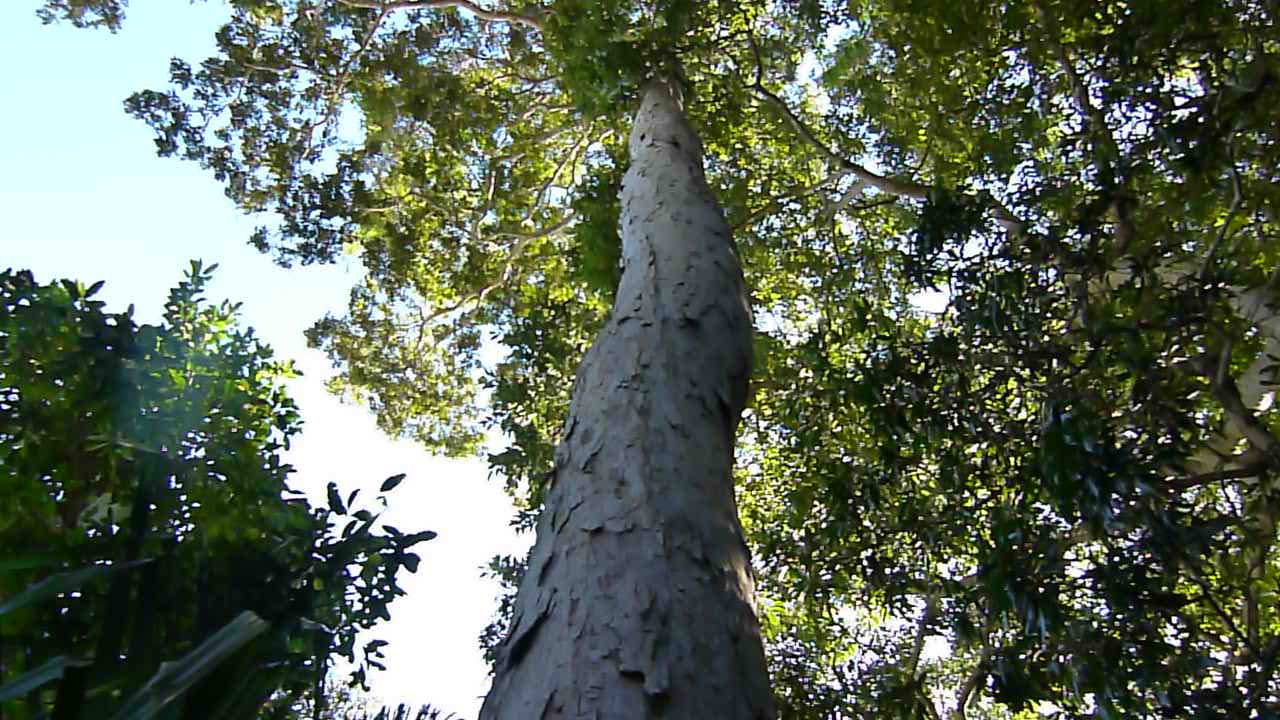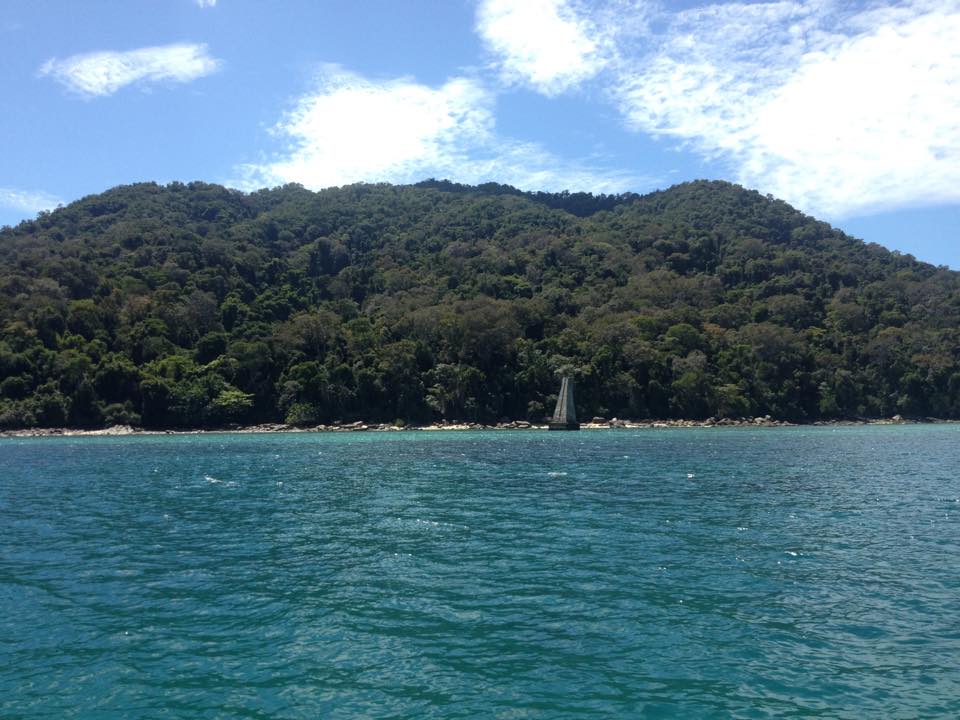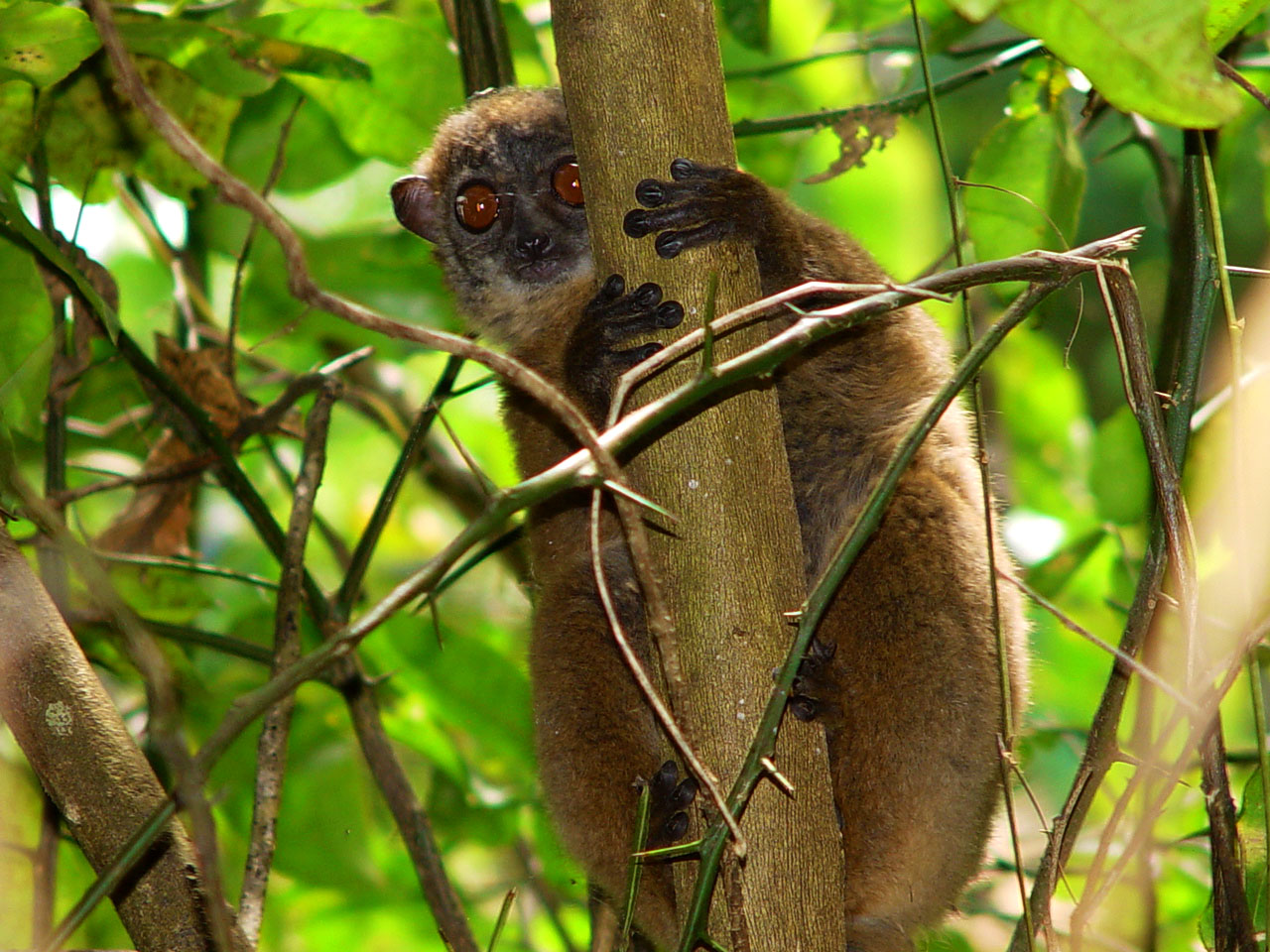
Lokobe
On the plan
VISIT US
Depending on your means of transport :
- Ground Transportation
From the port of Ambarivato to Hell-ville: 07km accessible by car.
- Maritime transport
From the port of Ankify: about 30 minutes by boat to Hell-ville and about 20 minutes by car from Hell-ville to the park reception office in Marodoka.
- Air transport
From Nosy-be airport: about an hour's drive via Hell-ville
Available activities
- Hikes of 5 to 6 hours in the Mahery circuit, whose summit is 430 meters above sea level, with the option of continuing with a pirogue ride after the hike.
- A 2-hour hike on the Mitsinjo circuit (300 m high)
- Camping site with eight tent shelters, a refectory, a kitchen and toilets; fresh water and two standpipes.
- Possibility of observing lemurs, amphibians, birds and reptiles
- Two choices for tours: All tours are self-guided, but visits are best made with guides who know the history of the park and how to interpret its flora and fauna.
- Admire the panoramic views and coastal landscapes
- Watch the sunset
Reception infrastructures
- Parking and reception desk at park entrance.
- Existing campsite with eight tent shelters, refectory, kitchen and toilets; fresh water and two standpipes.
- A picnic area planned for 2025
- An interpretation center to be dressed and maintained in the coming year.
Advisory Equipment
- For overland tours, hiking boots are recommended. Mosquito repellent and mineral water are also essential.
- For sea excursions, the pirogue is fitted with safety equipment that must be worn.
Fees and charges
Download the reference document to find out more about park fees and charges.
Code of conduct
- Pets are not allowed in the park.
- It is forbidden to dispose of garbage and cigarette butts outside the garbage cans.
- Only use the designated trails.
- Don't take any samples
- Always keep your distance from animals, and don't feed them to preserve their natural way of life.
- Don't make too much noise in the park.
The circuits
| Tours | Summary | Difficulty | Duration | Tour plans |
|---|---|---|---|---|
| Kindro | The Kindro tour lasts 45 minutes to an hour and a half and is designed for observing Madagascar's endemic palms, and in particular a palm endemic to Lokobe Park. Reptiles, amphibians, lemurs and birds can also be observed. The circuit forks into two, one of which lasts 45 minutes to an hour and is called Kindro Nosy-be, and the other lasts an hour and 45 minutes and is called Kindro Ampasindavae. Both tours feature a variety of endemic and medicinal flora, amphibians, birds, lemurs and reptiles. | Average | ||
| Mitsinjo | An uphill tour for sports enthusiasts, lasting an average of 2 hours. A variety of flora and fauna can be observed, and panoramic views beyond the peaks. | Sportive | ||
| RAMY | 4-hour round-trip circuit, observation of endemic flora, birds, reptiles and lemurs. Possibility of branching off at the pretty sangabahiany beach. The tour ends at a campsite (picnic facilities available). | Average | ||
| Mahery | This is an uphill circuit for lovers of long hikes lasting 5 to 6 hours. Two possible outings: exit 1 at Antsaharavy and continue by pirogue, or exit at Ampasindava and continue on foot. Observation of diverse flora and fauna, panoramic views of the peaks | Sportive | ||
| Lakana | This is a marine circuit designed to contemplate the park's primary forest and its heavenly coastline from the sea. The tour takes place in a traditional pirogue with paddles before 11am. Visitors can row with the pirogue skipper and observe coral and fish from the pirogue. | Easy |





